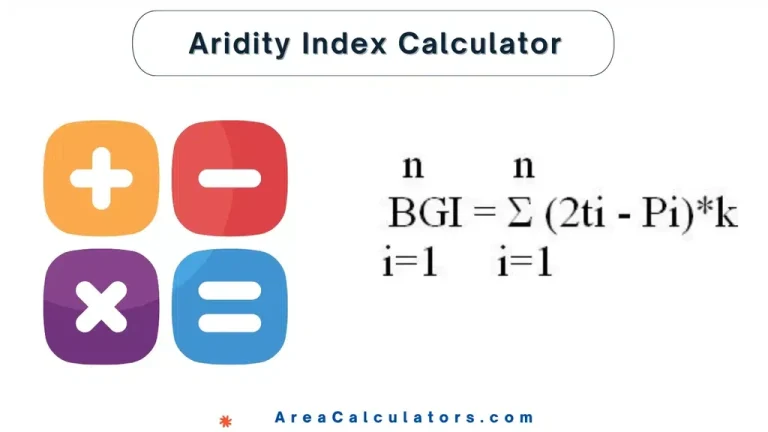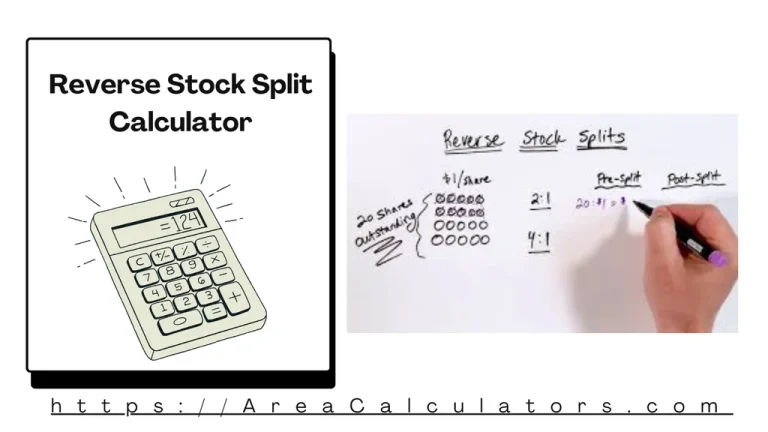Cost of Common Equity Calculator
To calculate the Cost of Common Equity (Ke), divide the expected dividend by the current stock price and add the growth rate of dividends. This formula helps estimate the return required by shareholders.
To calculate the Cost of Common Equity (Ke), divide the expected dividend by the current stock price and add the growth rate of dividends. This formula helps estimate the return required by shareholders.
The Cost of Common Equity Calculator is a financial tool used to estimate the return that shareholders expect from their investment in a company. This calculation is crucial for businesses aiming to evaluate their financing costs and determine the equity portion of their capital structure.
The cost of equity represents the compensation the market demands in exchange for owning the asset and bearing its associated risks. It’s necessary for calculating the Weighted Average Cost of Capital (WACC), comparing the cost of debt versus equity, and making informed financial decisions.
The formula for Cost of Common Equity (Ke) is:
| Variable | Description |
|---|---|
| Cost of Common Equity | |
| Expected Dividend per Share | |
| Current Stock Price | |
| Dividend Growth Rate |
Example 1:
If the expected dividend per share is $2, the current stock price is $40, and the dividend growth rate is 5%, calculate the cost of common equity.
| Step | Calculation |
|---|---|
| 1. | |
| 2. | |
| 3. |
Answer: 10%
Example 2:
For a stock with an expected dividend of $3 per share, a current stock price of $50, and a growth rate of 6%:
| Step | Calculation |
|---|---|
| 1. | |
| 2. | |
| 3. |
Answer: 12%
The Cost of Common Equity Calculator is a unique tool that is usually used by investors and financial analysts. It functions to calculate the return required on a company’s common stock. This measure, known as the cost of equity, is essential in assessing a company’s overall cost of capital and is crucial for making informed investment decisions.
In addition to that, this calculator uses methods like the Dividend Growth Model or CAPM (Capital Asset Pricing Model) to estimate the cost of equity, factoring in elements like dividend growth, market risk, and return rates.
Chiefly, in corporate finance, understanding the cost of common equity is vital for calculating the Weighted Average Cost of Capital (WACC), which helps evaluate investment risks and returns. This tool also assists companies in balancing their funding sources, whether through equity or debt, by providing a clearer picture of financial obligations and growth potential.
Lastly, the Cost of Common Equity Calculator is an invaluable asset for those analyzing capital costs, enabling both investors and companies to assess financial strategies effectively.

Enter the values of Annual Precipitation, Potential Evapotranspiration, monthly data to calculate with our basic and advanced Aridity Index Calculator ! Welcome to the Aridity Index Calculator! Have you ever wondered how to measure the dryness of a climate? The Aridity Index provides a simple way to assess the relationship between precipitation and potential evapo-transpiration,…
To calculate the FSH to LH ratio, divide the follicle-stimulating hormone (FSH) value by the luteinizing hormone (LH) value. The FSH LH Ratio Calculator serves you to assess the balance between follicle-stimulating hormone (FSH) and luteinizing hormone (LH). Basically, these are essential indicators of reproductive health. This ratio is often used to evaluate hormonal imbalances…
To calculate your KD ratio, divide the total number of kills by the total number of deaths. The KD Calculator is a tool that is used to determine your kill-to-death (KD) ratio in various games, such as PUBG, Fortnite, Call of Duty, and Apex Legends. A good KD ratio reflects strong performance in competitive games….

Divide the original number of shares by the split ratio to determine the new number of shares post-reverse stock split. The Reverse Stock Split Calculator is a tool designed to help investors calculate the new share quantity and price after a reverse stock split. Formula: NP = OP / SP Variable Definition Units NP New…
To calculate 45 days from today, simply add 45 days to the current date. This helps determine the date that falls exactly 45 days ahead. 45 Days From Today Calculator Today’s Date Date 45 Days From Today Calculate Reset The 45 Days From Today Calculator is an incredibly helpful tool for calculating a future date…
In an elastic collision, use the masses and initial velocities of two objects to determine their final velocities. The Elastic Collision Calculator calculates the final velocities of two objects after a collision, assuming no kinetic energy is lost. Elastic collisions are commonly analyzed in physics to study momentum and energy conservation. Formula For two objects…